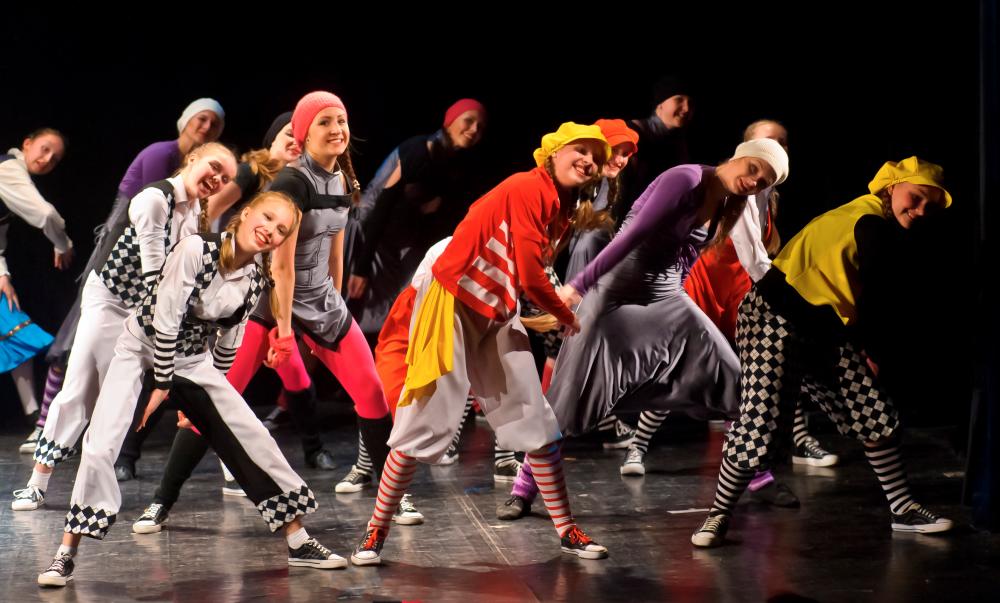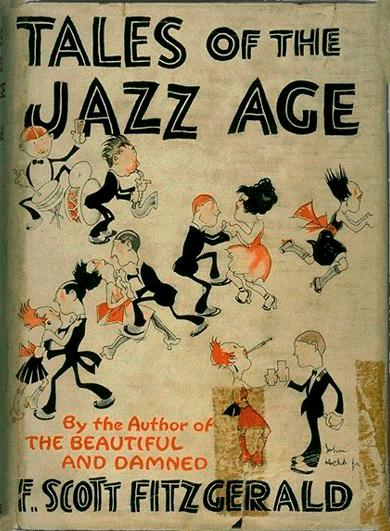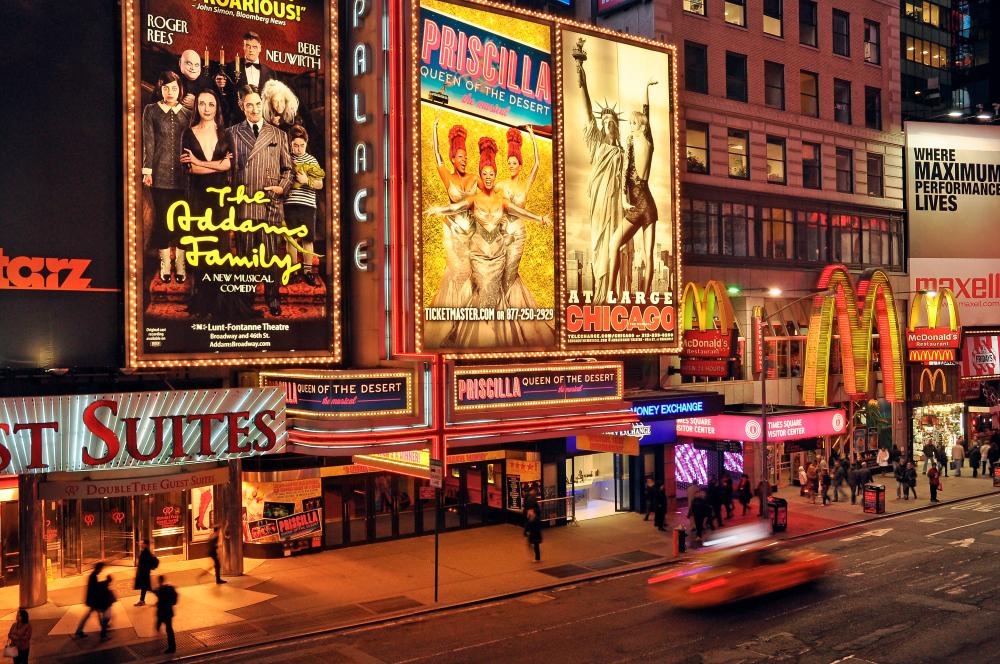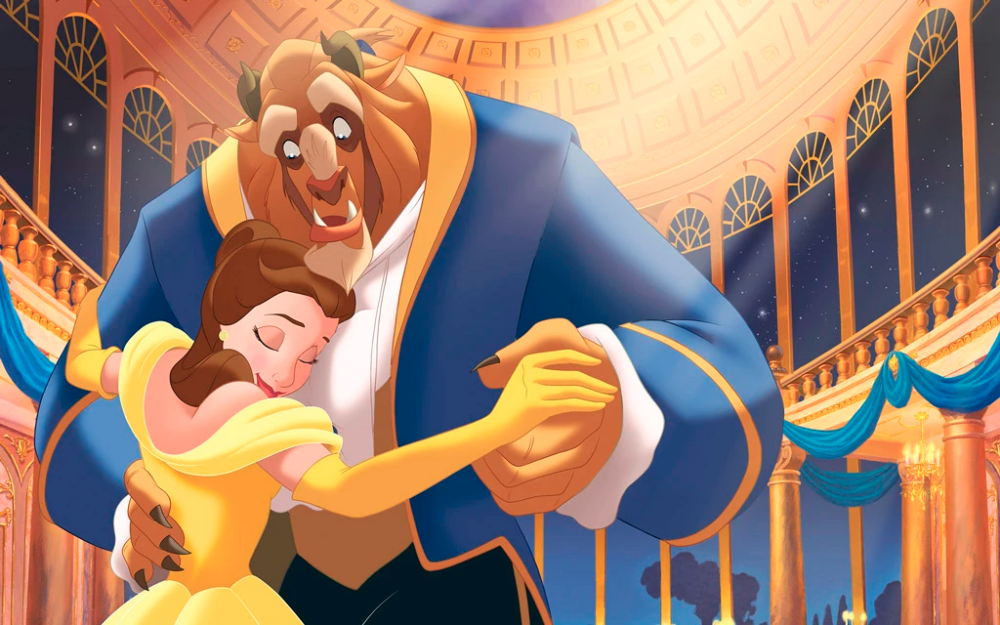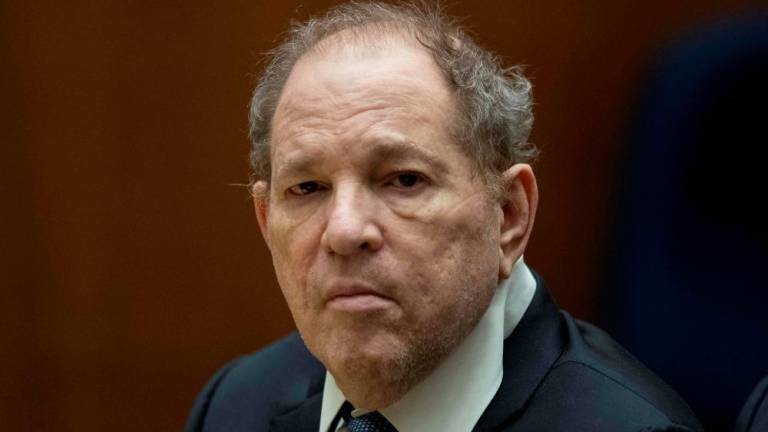THERE are many different ways to categorise music, each with its own set of aesthetic criteria, such as how much emphasis is placed on or taken away from components like rhythm, volume, and pitch.
It usually consists of the arrangement of vocal or instrumental sounds to achieve beauty of form or emotional expression, usually following cultural standards of rhythm, melody, and harmony in Western music. Music is an activity that includes both basic folk songs and complicated electronic compositions.
What are the purposes? Well, everyone has their own preferences and personalities, so it’s difficult to derive the purpose of music. However, the goal of all music is to convey and modify emotion in a way that is both evident and subtle at the same time.
Music’s ability to reduce tension, pain, difficulty, distraction, and provide a sense of serenity and happiness to our daily lives is quite remarkable. There are several ways in which music may bring people together.
Music has the power to help us express ourselves and better comprehend our thoughts and experiences. Hence, this is why musical theatre exists in this world.
What is musical theatre?
Musical theatre is a type of stage performance that incorporates singing, acting, speaking, narrating, and dancing into a cohesive whole. Words, music, movement, and the other technical parts of entertainment come together to form an integrated whole that conveys the plot and the range of emotions that are present in a musical, including humour, melancholy, love, and rage.
Although there is some overlap between musical theatre and other genres such as opera and dance, musical theatre can be distinguished from these other types of theatre entertainment by the fact that the music is given similar priority to that of the conversation, movement, and other aspects.
Musicals are performed internationally. They may be performed in enormous settings, such as Broadway or West End shows with substantial budgets in New York City or London.
In Malaysia, we do have quite a number of community and venues, such as Broadway Acade, Damansara Performing Arts Centre (DPAC), Kuala Lumpur Performing Arts Centre (KLPAC), Panggung Bandaraya, and more.
Historical Timeline
Pre 1920s
Musical performances prior to the emergence of classic musical theatre in the 1920s were mostly operatic in nature. This period is referred to as the opera’s Golden Age.
However, a few musicals began to appear here and there towards the start of the twentieth century. However, due to the trends of the time, they were most likely leaning towards opera/operattas and vaudeville.
The Jazz Age (1920–1939)
Musical theatre began to evolve in the early 1920s. Although operas remained popular, there was a considerable jazz influence in many of the productions during this time.
During this time period, it was common to see glitzy showgirls, lighthearted performances, musical revues, and extravagant dance routines. Book musicals and film musicals began to appear during this time period, including the comedic genre.
The Golden Age (1940–1959)
Considered by many to be the pinnacle of musical theatre’s popularity (for both stage and cinema), the golden age was a lovely period in which showtunes were broadcast on the radio and Broadway began to flourish. Musicals heavily featured dance routines and emphasised plot development.
Pre-Contemporary (1970–2000)
During the 1970s, ‘80s, and ‘90s, a wider range of musical styles and storylines began to emerge. Musicals like Miss Saigon and Les Misérables began to express the depths of human emotion around this time. During this time period, it appeared that revue musicals were also making a resurgence. This was a fantastic time for musicals because of the variety of themes, enormous budgets, and rising cultural diversity.
During the 1990s, huge companies also had an impact on musical output. With Disney Theatrical Productions, which debuted with Beauty and the Beast (1994), The Lion King (1997), and Aida (2000) – two of Disney’s animated picture musicals featured pop legend Elton John’s music – the company has established itself as the most significant.
Contemporary (2000–present)
There was also a wide spectrum of show styles from 2000 to 2019. We also saw a rise in the number of musicals based on other works, such as movies and musical CDs, throughout this time period (jukebox musicals). There was also a strong influence of pop and rock music during this time period. Eventually the lines between stage musicals and musical films began to blur, resulting in productions like Hairspray, Mamma Mia!, Pitch Perfect, La La Land, and The Greatest Showman.
What does the future hold? It is difficult to predict, but there will undoubtedly be new musical eras coming soon. Some admirers of the ‘old ways’ may not want to follow it, but the form will endure as long as people enjoy a tale told via music.



